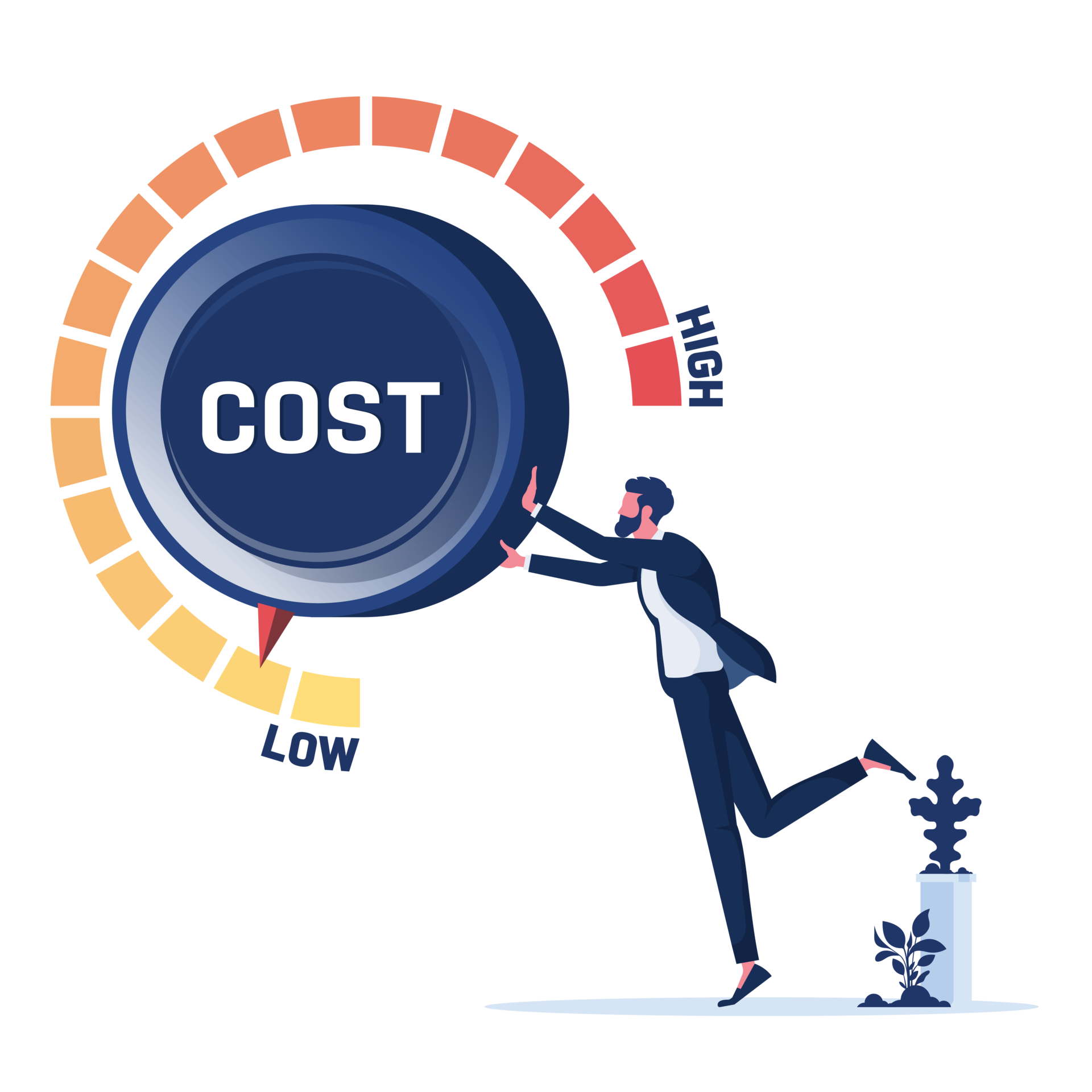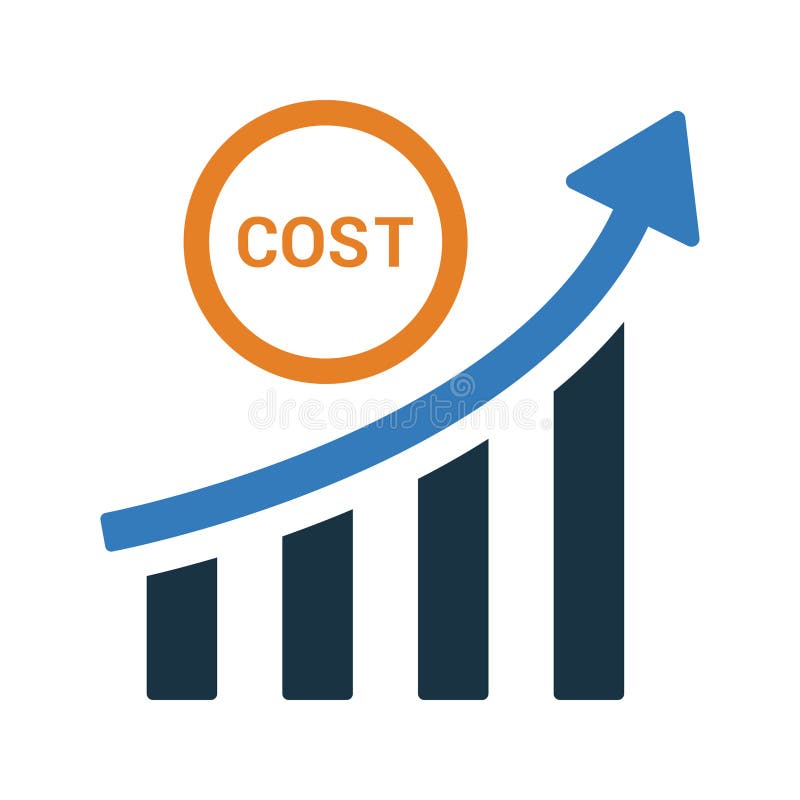The True Investment: Understanding the Cost of Peterbilt Trucks cars.truckstrend.com
Peterbilt. The name itself conjures images of powerful, sleek, and iconic heavy-duty trucks dominating North American highways. Renowned for their classic styling, robust engineering, and driver-centric comfort, Peterbilt trucks are often considered the Cadillac of the trucking world. However, this premium reputation naturally comes with a significant price tag. For owner-operators, fleet managers, and aspiring truckers, understanding the "Cost of Peterbilt Trucks" goes far beyond the initial purchase price; it encompasses a complex interplay of factors that contribute to the total cost of ownership (TCO) over the vehicle’s lifespan.
This comprehensive guide will delve into the various financial aspects of acquiring and maintaining a Peterbilt, helping you navigate the investment with informed decisions.
The True Investment: Understanding the Cost of Peterbilt Trucks
Understanding the Base Price: New Peterbilt Trucks
The starting point for any Peterbilt discussion is the sticker price of a brand-new model. Peterbilt offers a diverse lineup, primarily segmented into Class 8 (heavy-duty) and medium-duty trucks, each designed for specific applications. The base price can vary dramatically based on the model, its intended use (on-highway, vocational), and fundamental specifications.
Class 8 Trucks (On-Highway & Vocational):
- Peterbilt 579: This is Peterbilt’s flagship aerodynamic on-highway truck, designed for fuel efficiency and driver comfort. A day cab version will naturally be less expensive than a large sleeper model.
- Peterbilt 389: The quintessential classic long-nose Peterbilt, favored for its traditional styling and powerful presence. It often commands a premium due to its iconic status and customization potential.
- Peterbilt 567: A versatile vocational truck built for demanding applications like construction, refuse, and logging, known for its durability and strong chassis.

Medium-Duty Trucks (Class 5-7):
- Peterbilt 536, 537, 548: These models serve a variety of medium-duty needs, from regional delivery to utility work, and their pricing is typically lower than their heavy-duty counterparts, though still reflecting Peterbilt’s quality.
The base price for a new Peterbilt Class 8 truck can range from approximately $150,000 for a basic day cab to well over $250,000 for a highly spec’d sleeper or vocational model. Medium-duty trucks generally fall into the $80,000 to $150,000+ range, depending on configuration and body type. These figures are merely starting points, as the final cost is heavily influenced by a multitude of customization options.

Key Factors Influencing the Final Price: Customization and Options
The true cost of a Peterbilt begins to take shape as you move beyond the base model and into the realm of specification and customization. Every choice, from the engine to the interior trim, adds to the final price.
-
Powertrain:

- Engine: Peterbilt primarily offers PACCAR MX-13 and MX-11 engines, with Cummins X15 as a popular alternative. Higher horsepower and torque ratings will increase the cost.
- Transmission: Options range from manual transmissions (less expensive) to automated manual transmissions (AMTs like Eaton Fuller’s Ultrashift Plus, moderately priced) and fully automatic transmissions (e.g., Allison, often the most expensive but preferred for certain vocational applications).
- Axle Configuration: The number of drive axles, axle ratios, and features like differential locks can significantly impact price, especially for vocational trucks requiring specialized traction.
-
Sleeper Cabs: For long-haul operations, the sleeper size and amenities are crucial. Peterbilt offers various sleeper sizes (e.g., 44-inch, 72-inch, 80-inch). Larger sleepers with premium insulation, built-in refrigerators, microwaves, entertainment systems, and ample storage will add tens of thousands to the price.
-
Interior & Exterior Upgrades:
- Interior: Premium seating materials (leather), advanced infotainment systems, navigation, premium sound, enhanced insulation, and custom trim packages contribute to a luxurious and more expensive cabin.
- Exterior: Chrome packages, custom paint schemes, aerodynamic fairings, polished aluminum wheels, and specialized lighting all enhance aesthetics but come at a cost.
- Aerodynamics: Features like cab extenders, chassis fairings, and optimized bumper designs improve fuel efficiency but add to the initial investment.
-
Safety Features & Technology: Modern trucks incorporate advanced driver-assistance systems (ADAS) such as collision mitigation, lane departure warning, adaptive cruise control, and blind-spot monitoring. While these enhance safety and can reduce insurance costs over time, they add to the upfront price. Telematics systems for fleet management and diagnostics are also common additions.
-
Vocational Specifics: For models like the Peterbilt 567, specialized equipment like power take-offs (PTOs), heavy-duty suspensions, reinforced frames, dump bodies, mixer bodies, crane mounts, and snowplow preps can dramatically increase the cost, often pushing the total into the $250,000 to $350,000+ range, depending on the complexity of the upfit.
Beyond the Sticker Price: Total Cost of Ownership (TCO)
The initial purchase price is just one piece of the financial puzzle. Savvy buyers understand that the true "Cost of Peterbilt Trucks" is determined by the Total Cost of Ownership (TCO) over the vehicle’s operational life.
-
Fuel Efficiency: This is often the largest operating expense. Engine choice, aerodynamic options, tire selection, and, critically, driver habits all play a significant role. Peterbilt’s aerodynamic 579 models are designed to maximize fuel economy, potentially saving thousands of dollars annually.
-
Maintenance & Repairs: Peterbilt trucks are known for their durability, but preventative maintenance is key. Regular oil changes, filter replacements, tire rotations, and component inspections are essential. Unexpected breakdowns can be costly, both in repair bills and lost revenue. Peterbilt’s extensive dealer network and readily available PACCAR parts help mitigate downtime. Consider maintenance contracts or extended warranties, which add to the upfront cost but can provide peace of mind and predictable expenses.
-
Insurance: Commercial truck insurance premiums vary widely based on the truck’s value, usage, geographical operating area, and the driver’s record. A more expensive Peterbilt will generally incur higher insurance costs.
-
Financing & Interest: Few buyers pay cash for a new Peterbilt. The terms of your loan or lease agreement – interest rate, loan duration, and down payment – will significantly impact the overall cost. Higher interest rates or longer loan terms mean paying more over time.
-
Depreciation & Resale Value: While depreciation is an unavoidable cost, Peterbilt trucks are generally known for holding their value better than some competitors. Their reputation for quality, durability, and a loyal following often translates to strong resale prices, especially for well-maintained models with desirable specifications. This offsets a portion of the initial investment.
-
Tires: The cost of tires, both the initial set and subsequent replacements, is a substantial ongoing expense. Tire choice (e.g., low rolling resistance for fuel economy vs. aggressive tread for traction) impacts both price and performance.
-
Taxes & Licensing: Annual registration fees, highway use taxes (like IFTA), and other regulatory costs contribute to the ongoing operational expenses.
Cost of Used Peterbilt Trucks
For many, a used Peterbilt offers a more accessible entry point into premium trucking. The cost of a used Peterbilt depends on several critical factors:
- Age and Mileage: Generally, the older a truck and the more miles it has accumulated, the lower its price.
- Condition: A well-maintained truck with thorough service records will command a higher price than one showing signs of neglect or wear.
- Specifications: Desirable specs (e.g., large sleepers, powerful engines, specific axle configurations) will hold their value better.
- Warranty Status: Some newer used trucks might still have transferable factory warranty remaining, adding significant value.
- Market Demand: Fluctuations in the freight market and truck availability can influence prices.
A used Peterbilt can range from $20,000 for an older, high-mileage unit to $180,000 or more for a relatively new truck (1-3 years old) with low mileage. While the initial outlay is lower, buyers must factor in potential immediate repairs, lack of warranty, and the unknown maintenance history, which could lead to higher TCO down the line if not thoroughly inspected.
Strategies for Managing Peterbilt Truck Costs
Acquiring and operating a Peterbilt is a significant financial undertaking. Here are practical strategies to manage and potentially reduce your overall costs:
- Smart Spec’ing: Avoid over-specifying. While a fully loaded truck is appealing, choose options that genuinely contribute to your operational efficiency, driver comfort, or resale value. Do you truly need the largest sleeper or the most powerful engine for your specific routes?
- Negotiate Aggressively: Whether new or used, always negotiate the price with the dealer. Research market values and be prepared to walk away if the deal isn’t right.
- Explore Financing Options: Compare loan terms, interest rates, and lease agreements from multiple lenders. Consider the pros and cons of leasing versus outright purchasing, especially for tax implications.
- Prioritize Preventative Maintenance: Adhere strictly to Peterbilt’s recommended maintenance schedule. Proactive maintenance is far less expensive than reactive repairs. Invest in quality parts and certified technicians.
- Optimize Driver Performance: Train drivers on fuel-efficient driving techniques (e.g., maintaining consistent speeds, avoiding excessive idling, smooth acceleration/braking). Driver behavior is one of the biggest determinants of fuel economy.
- Utilize Fleet Management Technology: Telematics systems can monitor fuel consumption, driver behavior, route optimization, and preventative maintenance needs, leading to significant savings.
- Shop for Insurance: Obtain multiple quotes for commercial truck insurance. Premiums can vary significantly between providers for the same coverage.
- Consider Buying Used Strategically: If budget is a primary concern, a well-inspected, late-model used Peterbilt can offer excellent value without the steepest depreciation curve of a new truck. Get a comprehensive pre-purchase inspection from an independent mechanic.
Peterbilt Truck Price Table (Estimated Ranges)
Please note: These are estimated ranges and can vary widely based on market conditions, specific configurations, dealer promotions, and the truck’s condition (for used).
| Model Type | Configuration / Age Range | Estimated Price Range (USD) | Key Factors Influencing Price |
|---|---|---|---|
| New Trucks | |||
| Peterbilt 579 | Day Cab | $150,000 – $190,000 | Engine, Transmission, Interior trim, Basic ADAS |
| Peterbilt 579 | 72" or 80" Sleeper | $180,000 – $250,000+ | Engine (HP/Torque), Transmission, Sleeper amenities, Premium interior, Advanced ADAS, Aerodynamics |
| Peterbilt 389 | Day Cab | $160,000 – $210,000 | Engine, Transmission, Classic styling premium, Chrome packages |
| Peterbilt 389 | 78" Sleeper | $200,000 – $280,000+ | Large sleeper, High-end interior, Custom paint, Chrome, Engine (HP/Torque), Classic styling premium |
| Peterbilt 567 | Day Cab (Vocational) | $170,000 – $230,000+ | Heavy-duty frame, Axle configuration, PTO, Body prep, Application-specific features |
| Peterbilt 567 | Sleeper (Vocational) | $200,000 – $300,000+ | Heavy-duty specs, Sleeper size, Specialized equipment (e.g., dump body, crane mount), Engine |
| Peterbilt 536/537/548 | Chassis Cab (Medium-Duty) | $80,000 – $150,000+ | GVWR, Engine, Transmission, Cab type, Prep for specific body (e.g., box, flatbed, refuse) |
| Used Trucks | |||
| Peterbilt Class 8 | 1-3 Years Old | $100,000 – $180,000 | Low mileage, Excellent condition, Remaining factory warranty, Desirable specs |
| Peterbilt Class 8 | 4-7 Years Old | $60,000 – $120,000 | Moderate mileage, Good condition, Comprehensive service history |
| Peterbilt Class 8 | 8+ Years Old | $20,000 – $70,000 | High mileage, Condition varies, Potential for immediate repairs, Basic specs |
Frequently Asked Questions (FAQ) about Peterbilt Truck Costs
Q1: Why are Peterbilt trucks so expensive?
A1: Peterbilt trucks command a premium price due to their reputation for superior build quality, durability, advanced engineering, extensive customization options, driver comfort, and strong resale value. They are built to last and perform reliably under demanding conditions.
Q2: What is the average lifespan of a Peterbilt truck?
A2: With proper maintenance and care, a Peterbilt truck can reliably operate for well over 1 million miles, and many surpass 1.5 to 2 million miles. Their robust construction is designed for longevity.
Q3: Is it better to buy a new or used Peterbilt?
A3: This depends on your budget, risk tolerance, and operational needs. New trucks offer the latest technology, full warranties, and complete customization. Used trucks have a lower initial cost and slower depreciation but come with higher potential for unexpected repairs and less warranty coverage.
Q4: How much does maintenance cost for a Peterbilt?
A4: Maintenance costs vary greatly based on mileage, age, application, and preventative care. Expect to budget anywhere from $0.15 to $0.30 per mile for routine maintenance and unforeseen repairs over the truck’s lifetime. Preventative maintenance is crucial to minimize these costs.
Q5: Do Peterbilt trucks hold their value well?
A5: Yes, generally, Peterbilt trucks are known for holding their value better than many other brands in the heavy-duty truck market. Their strong reputation, quality construction, and high demand contribute to favorable depreciation rates.
Q6: Can I finance a Peterbilt truck?
A6: Absolutely. Various financing options are available through Peterbilt dealers, commercial lenders, and banks. These include traditional loans, lease-to-own programs, and full-service leases. The terms will depend on your creditworthiness and down payment.
Conclusion
The "Cost of Peterbilt Trucks" is a multi-faceted concept that extends far beyond the initial purchase price. It represents an investment in a machine renowned for its quality, performance, and driver satisfaction. By understanding the base price, the impact of customization, and critically, the total cost of ownership factors like fuel, maintenance, and financing, buyers can make informed decisions that align with their operational goals and budget. While a Peterbilt may come with a premium price tag, its blend of reliability, efficiency, and strong resale value often justifies the investment, making it a powerful and prestigious asset for any serious trucking operation.




